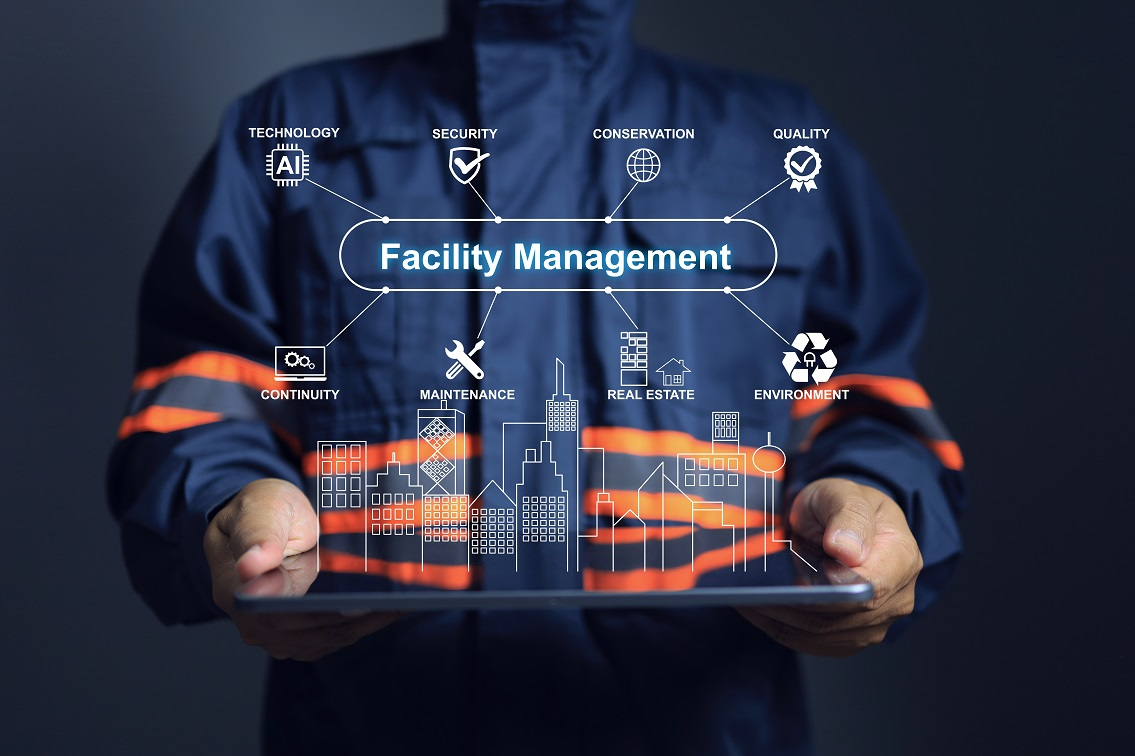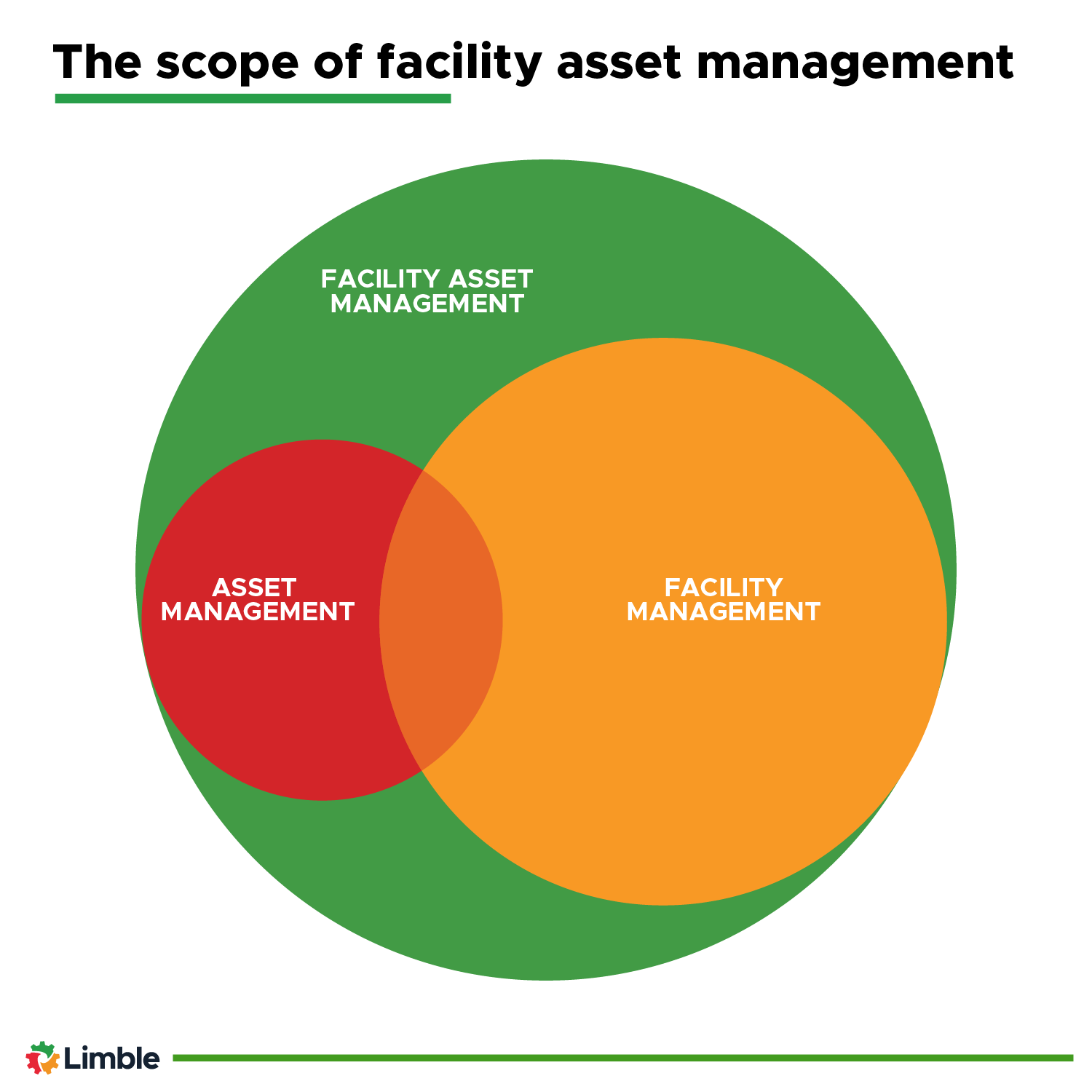Secret Trends Shaping the Future of Center Monitoring in 2024
As we look ahead to 2024, the landscape of center monitoring is positioned for considerable transformation, driven by a number of crucial fads. The combination of smart building innovations and a change towards data-driven decision-making guarantee to improve functional efficiency while prioritizing sustainability in method.
Smart Structure Technologies
Smart building modern technologies include a vast array of systems, including intelligent lights, HVAC controls, and safety and security systems. By incorporating these systems, facility supervisors can keep an eye on and adjust specifications in real-time, leading to significant reductions in energy waste and operational prices. As an example, wise sensing units can spot occupancy degrees and readjust lights and temperature level as necessary, making certain that power is just utilized when needed.
Furthermore, these technologies promote boosted data collection, allowing companies to track use patterns and determine opportunities for more renovations. The application of smart structure technologies not only contributes to sustainability objectives however likewise produces much healthier job environments that can boost staff member efficiency and complete satisfaction.
As we move right into 2024, the adoption of clever building modern technologies will likely speed up, mirroring a wider shift in the direction of more smart, responsive, and sustainable center management methods.
Data-Driven Decision Making
Progressively, organizations are leveraging data-driven choice making to enhance center management methods. By harnessing data analytics, center managers can obtain actionable insights that significantly enhance functional efficiency and source allocation. The combination of innovative technologies, such as IoT sensing units and real-time surveillance systems, allows the collection of substantial amounts of data on structure efficiency, occupancy prices, and power consumption.
This riches of details allows facility managers to recognize fads, predict maintenance demands, and proactively address issues before they intensify. As an example, predictive analytics can forecast devices failings, reducing downtime and repair service prices. Additionally, data visualization tools assist in far better interaction amongst stakeholders, guaranteeing that notified decisions are made collaboratively.
Additionally, data-driven strategies boost strategic planning by making it possible for center managers to evaluate the efficiency of existing techniques and make educated selections pertaining to financial investments in technology or infrastructure. As companies significantly prioritize operational quality, data-driven choice production is positioned to come to be a foundation of effective center administration techniques in 2024 and beyond. Ultimately, the ability to leverage data effectively will empower companies to develop a lot more effective, efficient, and resilient facilities.
Sustainability and Environment-friendly Practices
The focus on data-driven choice making normally straightens with the expanding emphasis on sustainability and eco-friendly methods within facility administration. As organizations increasingly prioritize environmental duty, center supervisors are leveraging analytics to enhance resource use, decrease waste, and minimize carbon impacts. This critical strategy here are the findings allows the integration of energy-efficient systems, such as LED lights, wise heating and cooling controls, and renewable power sources right into center operations.
In addition, the application of sustainable methods extends past energy intake. Facility supervisors are advertising and adopting green news materials reusing efforts to develop a circular economic situation within their facilities. This not just enhances the ecological profile of the company but additionally fosters a society of sustainability among workers.
Compliance with environmental laws is one more critical element driving the fostering of green methods. By utilizing information analytics, facility managers can keep an eye on conformity metrics and identify locations for renovation, guaranteeing adherence to international and regional sustainability requirements.
Crossbreed Work Models
A considerable change in the direction of hybrid work designs is improving the landscape of center monitoring in 2024. This paradigm combines remote and in-office job, demanding a reevaluation of space usage, source appropriation, and employee engagement techniques. Organizations are progressively identifying the relevance of flexible work areas that satisfy diverse requirements and choices.
Center managers have to adjust by carrying out functional office layouts that support joint efforts while supplying locations for focused job. This consists of the integration of modern technology to help with smooth communication and partnership amongst remote and in-office workers. Smart structure services, outfitted with sensors and analytics, allow for real-time tracking of room use, enabling organizations to maximize their environments effectively.
In addition, hybrid work designs stress the need for efficient center administration that focuses on staff member experience. This encompasses not just technology and room design yet additionally the growth of plans that promote a balanced work-life dynamic. As business browse this transition, the duty of facility management comes to be pivotal in creating an agile this website workplace that cultivates productivity and drives organizational success. In essence, the hybrid work version is transforming facility monitoring, urging a proactive technique to meet the progressing needs of the workforce.
Improved Owner Health
As companies welcome hybrid job models, a heightened emphasis on resident wellness is ending up being integral to center management strategies. Facility Management. This change acknowledges that a healthy and satisfied workforce directly influences performance and retention prices. Center supervisors are currently prioritizing environments that advertise physical and psychological health, integrating aspects such as natural lighting, biophilic design, and obtainable wellness sources

Modern technology plays a critical duty in this advancement. Smart building systems can keep track of environmental factors and adjust setups in real-time, making certain optimal convenience degrees - Facility Management. Feedback devices, such as tenancy sensing units and worker studies, allow facility supervisors to constantly refine wellness efforts based on owner needs.

Final Thought
In 2024, the future of center management will certainly be dramatically influenced by the integration of wise structure technologies and data-driven decision-making, cultivating boosted operational performance. Sustainability efforts will certainly focus on environmentally friendly practices, while the introduction of hybrid job models will certainly require flexible workplace styles. A heightened emphasis on occupant wellness via sophisticated A/c systems and biophilic style will certainly add to healthier work atmospheres. These fads collectively highlight the advancing landscape of center management in feedback to modern challenges and chances.
Facility supervisors are advertising and taking on environmentally friendly materials reusing initiatives to produce a round economic situation within their centers.A significant shift in the direction of hybrid job models is improving the landscape of facility monitoring in 2024.Additionally, hybrid job designs emphasize the demand for efficient facility monitoring that prioritizes staff member experience.As companies embrace hybrid job versions, a heightened emphasis on passenger health is becoming indispensable to center monitoring strategies.In 2024, the future of facility monitoring will certainly be considerably affected by the assimilation of smart building technologies and data-driven decision-making, promoting improved operational efficiency.
Comments on “Facility Management for Commercial Buildings-- A Complete Summary”